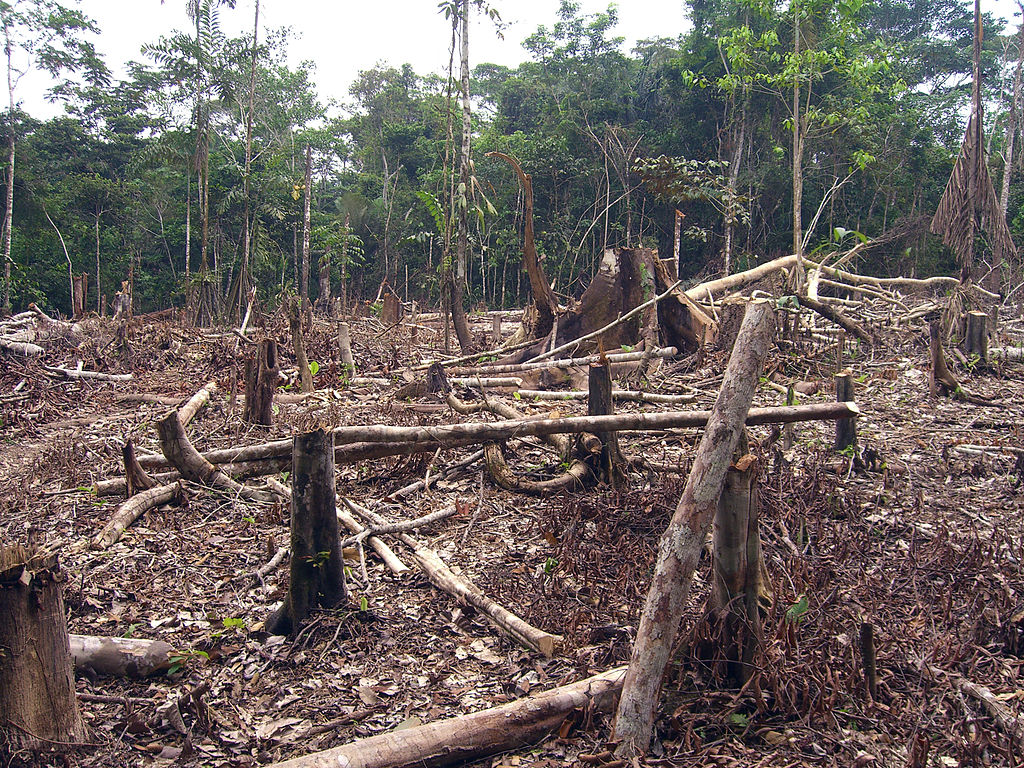By Susan Biniaz
You may be an experienced negotiator of international environmental agreements. Or you may be new to the field and excited to negotiate your very first one. In both cases, you know your precedents, helped craft your government’s positions, and are anxious to get started. But wait…before you negotiate the agreement, you will need to navigate the mandate.
A mandate launches the negotiation of an international environmental instrument and sets forth its terms of reference, both procedural (such as where and when it will take place) and substantive (such as what the instrument should address). It is generally issued by the UN General Assembly (e.g., in the case of a new global instrument), a treaty body (e.g., in the case of an amendment to an existing agreement), or another institution (e.g., in the case of an instrument covering a particular region).
There is far more commentary on international agreements than on the negotiating mandates that precede them. However, such mandates can be highly significant. They are often the place where key issues are pre-negotiated and, even when they do not go so far, what a mandate says – or does not say — can affect the ultimate design and content of an agreement, as well as its attractiveness to potential Parties.
This guide looks at the issues commonly addressed by negotiating mandates[1] for international environmental agreements, options for addressing them, and examples of mandate provisions that have been particularly significant in relation to agreements’ outcomes.
Susan Biniaz, formerly a long time U.S. Department of State lawyer, is on the adjunct faculty of Columbia Law School and is a David Sive Visiting Scholar at the Sabin Center for Climate Change Law.
Read her paper here
[1] A mandate may also be called a “modalities resolution.”



